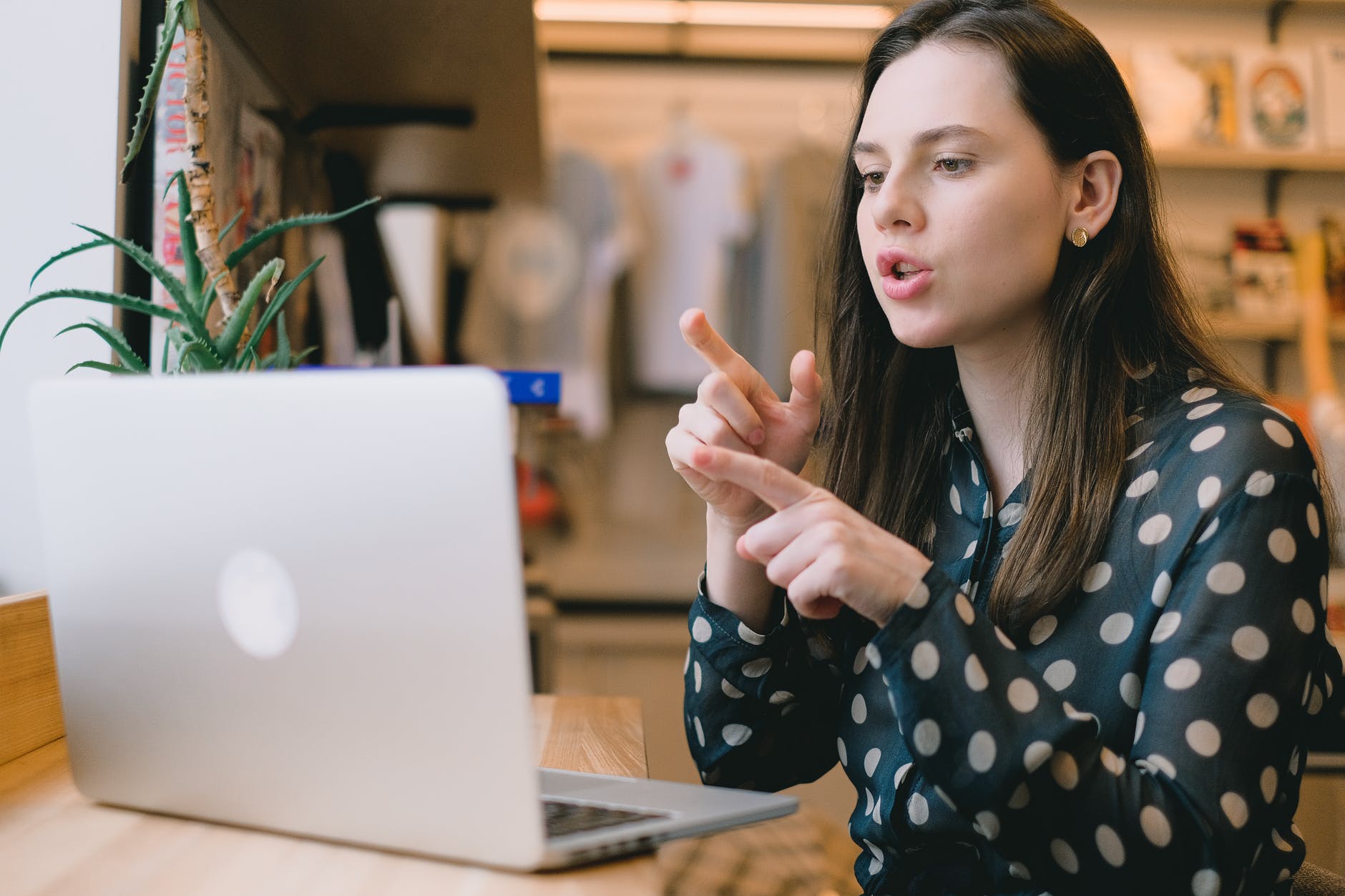Marie Nightbird and Kelly Allison presented the recorded Open Ed 2021 presentation “OER for a Practice Based Profession: Videos for Teaching Communication Skills in Social Work.” They are both from the School of Social Work at the University of British Columbia and Assistant Teaching Professors. Nightbird defined OERs as “teaching, learning, and research resources that reside in the public domain or have been released under an intellectual property license that permits their free use and repurposing by others.” This definition captured my attention because it notes repurposing and intellectual property. Nightbird spoke about practice based education in fields like nursing, medicine, and social work. They emphasized that practice-based professions can benefit from the flexibility of OERs. Nightbird and Allison teach a communications skills course in the BSW program. They wanted to provide students with opportunities beyond the live demos and created some teaching videos. Their OER, Allison explained, is a toolkit with five demonstration videos of micro communication skills, hired actors, and produced the videos and transcripts. They have used their resource in both face-to-face and online courses. Students, Allison mentioned, appreciated the ability to review the videos on their own. All the videos addressed important considerations. All videos were about five minutes long to reduce cognitive load. Signaling through text on the screen identified important techniques. Videos were segmented by chunking the information to allow learners to interact with new information in manageable pieces. Student engagement was maintained by creating real-world appeal and a mock counseling center, according to Allison. Active learning was used through interactive activities to be used with the videos. They also made changes including relicensing to allow others to adapt the work. They also made relicensing possible and allowed captioning on YouTube. They shared their work in MERLOT too. I thought it was interesting to learn about the evolution of openness of their project through licensing and additional accessibility options for users. I didn’t know how those options improved editing capacity on YouTube, for example, so that others can remix the videos!



